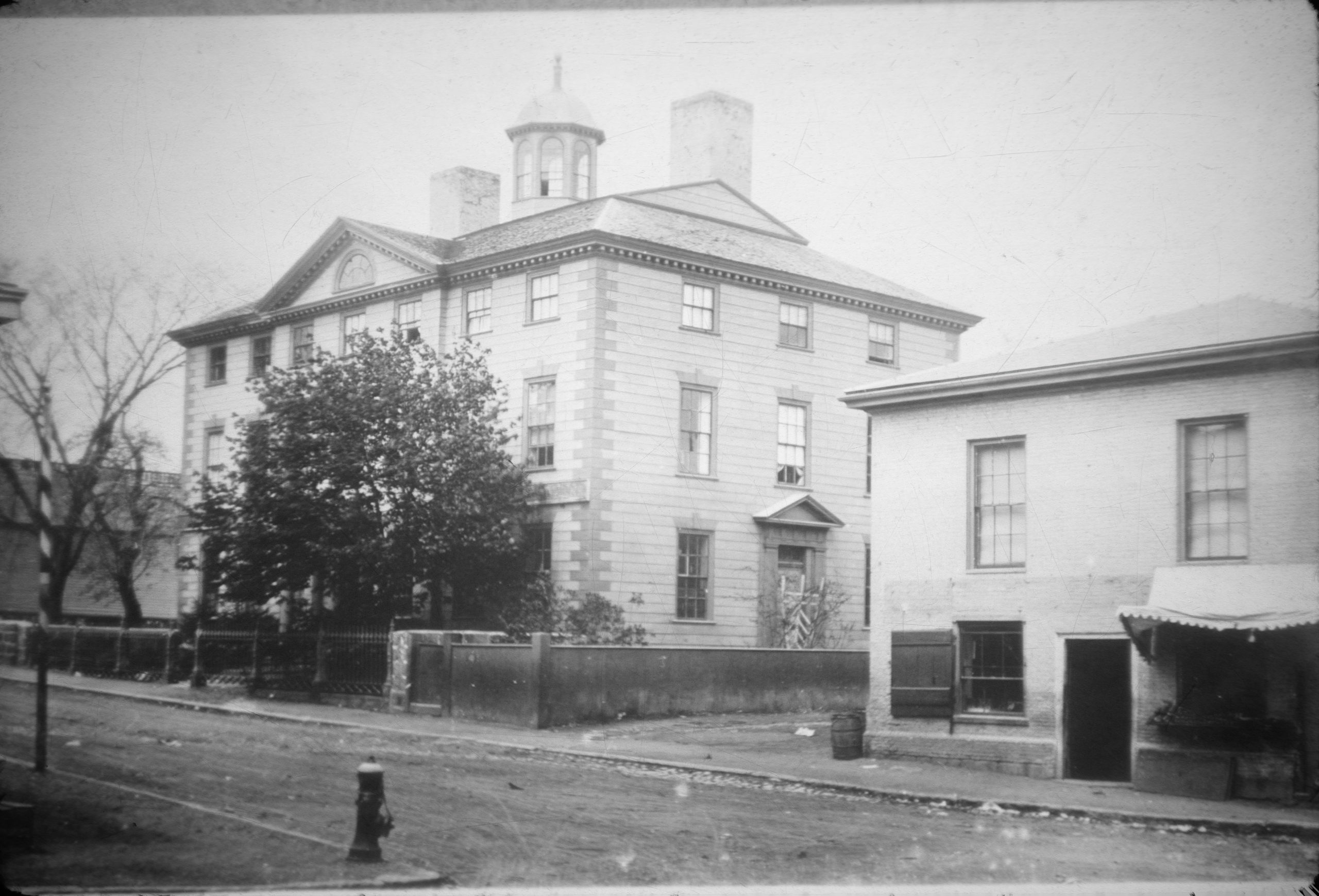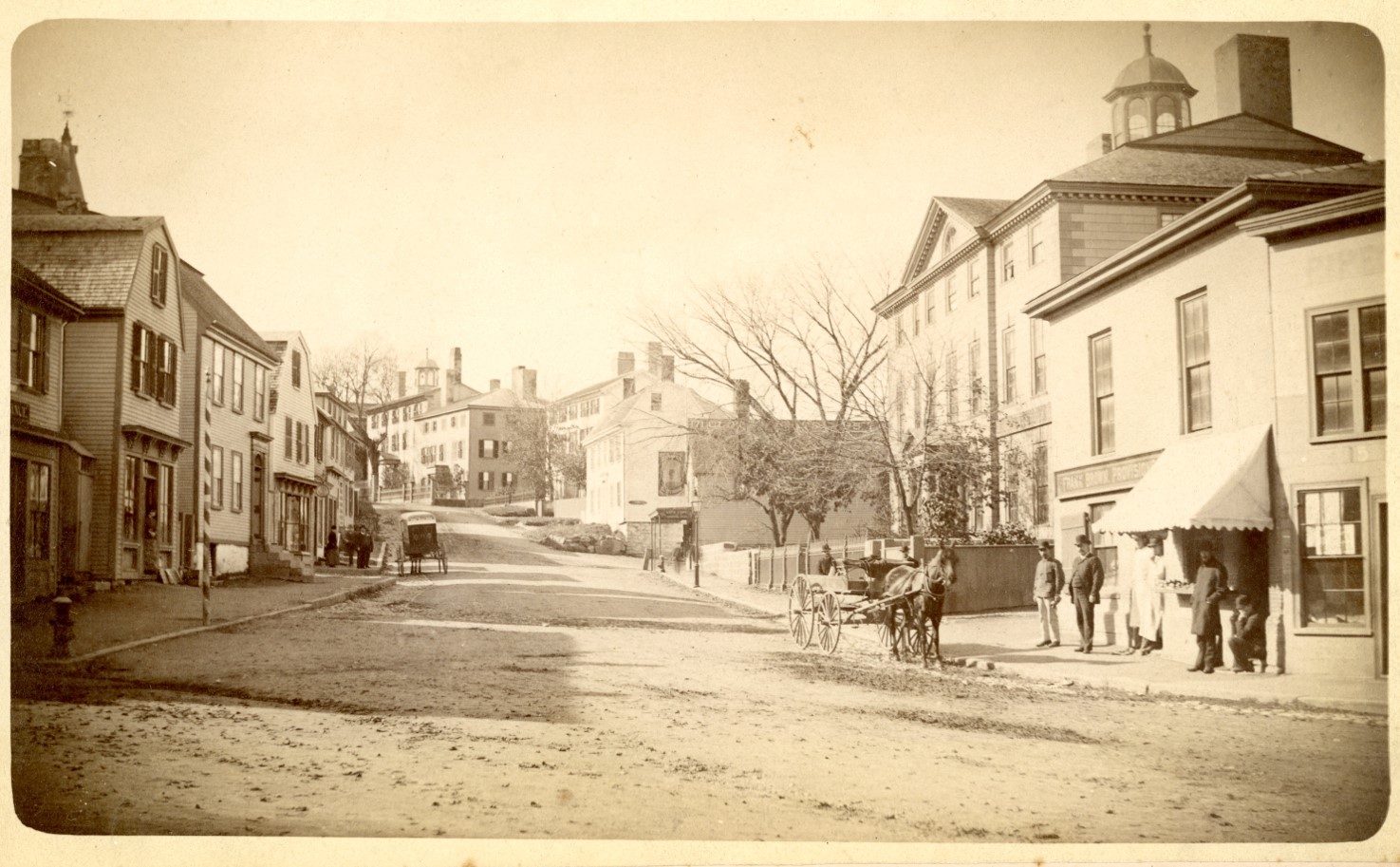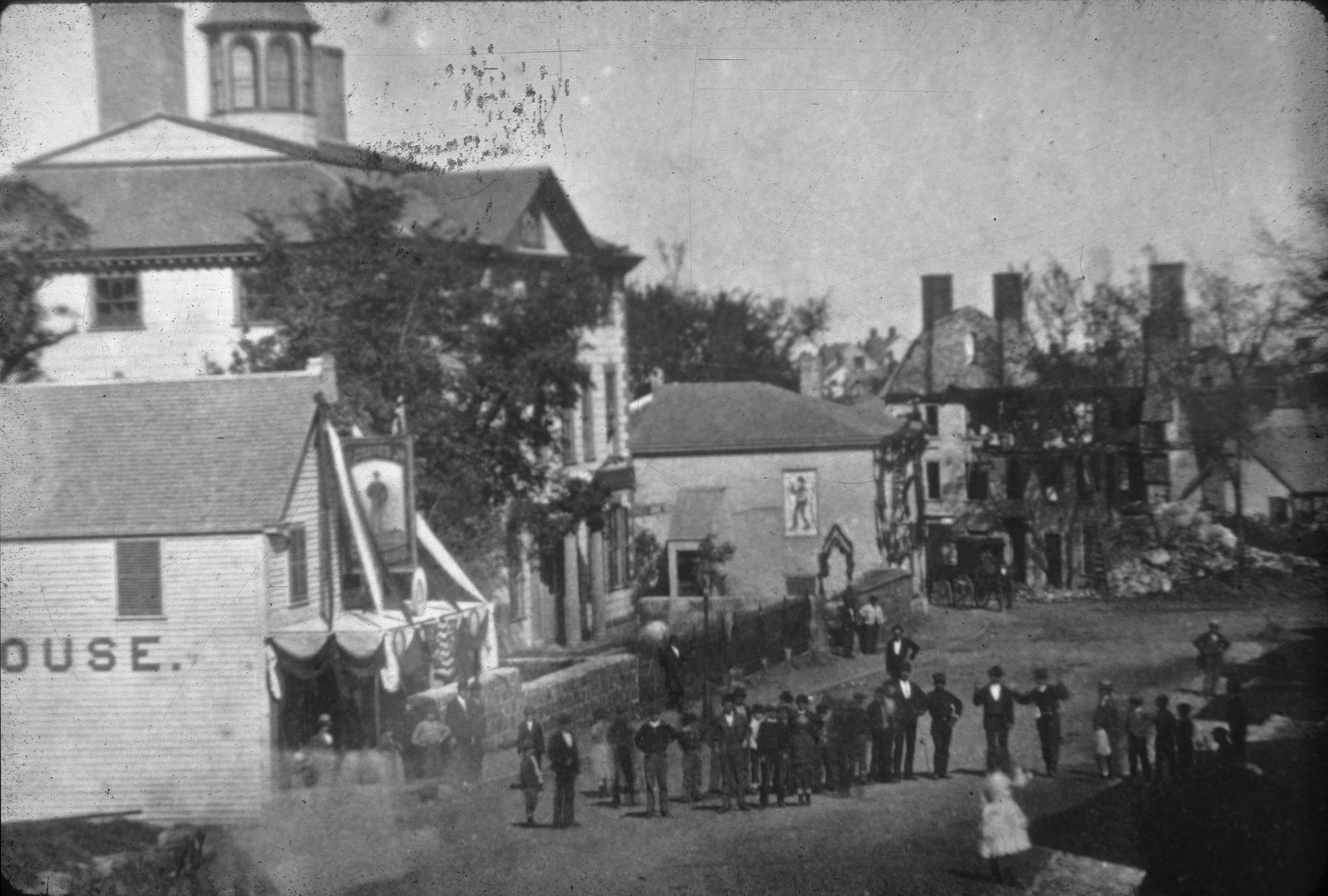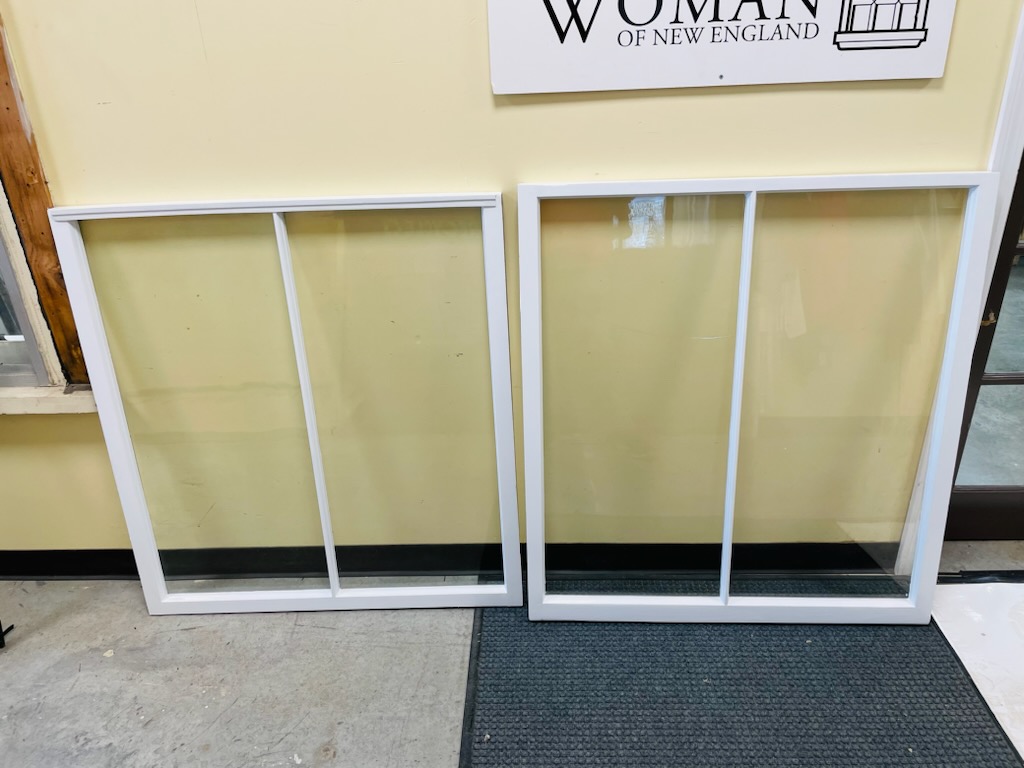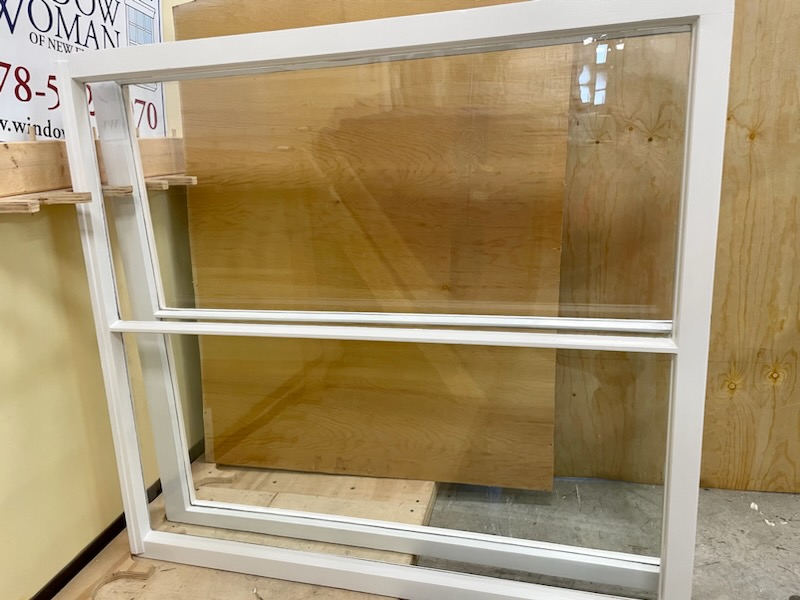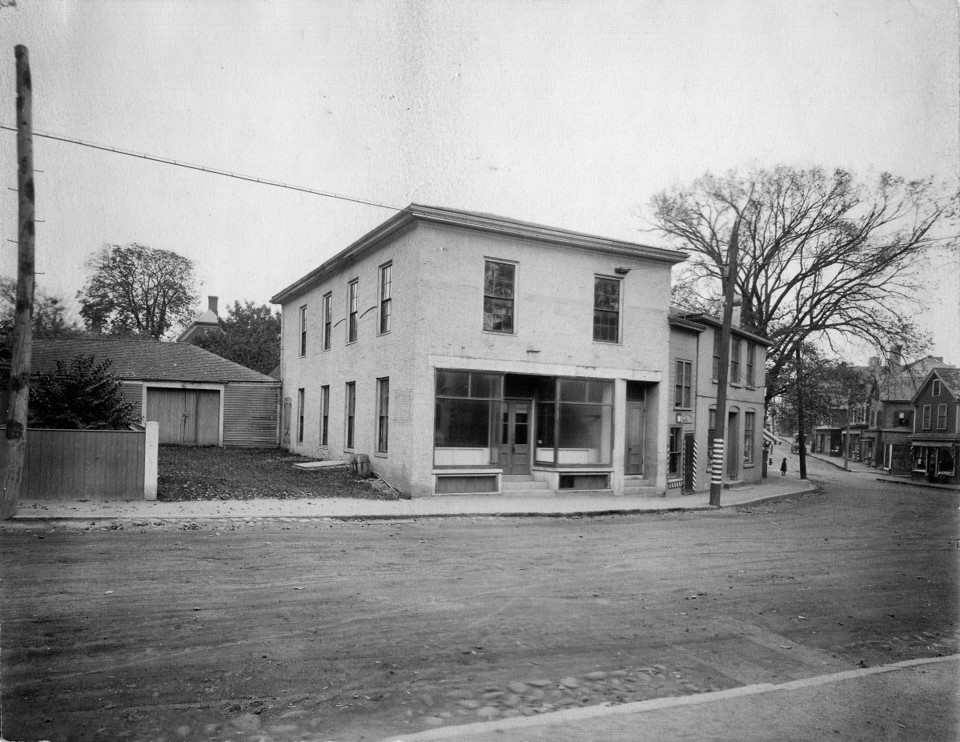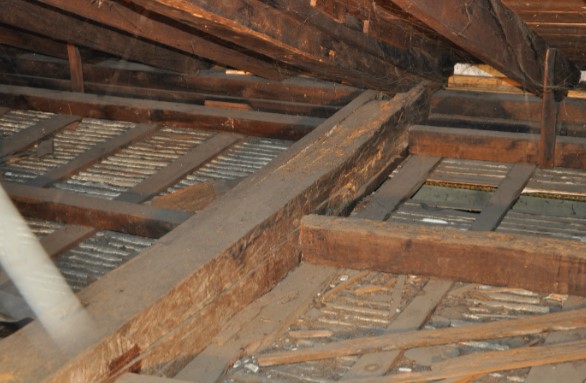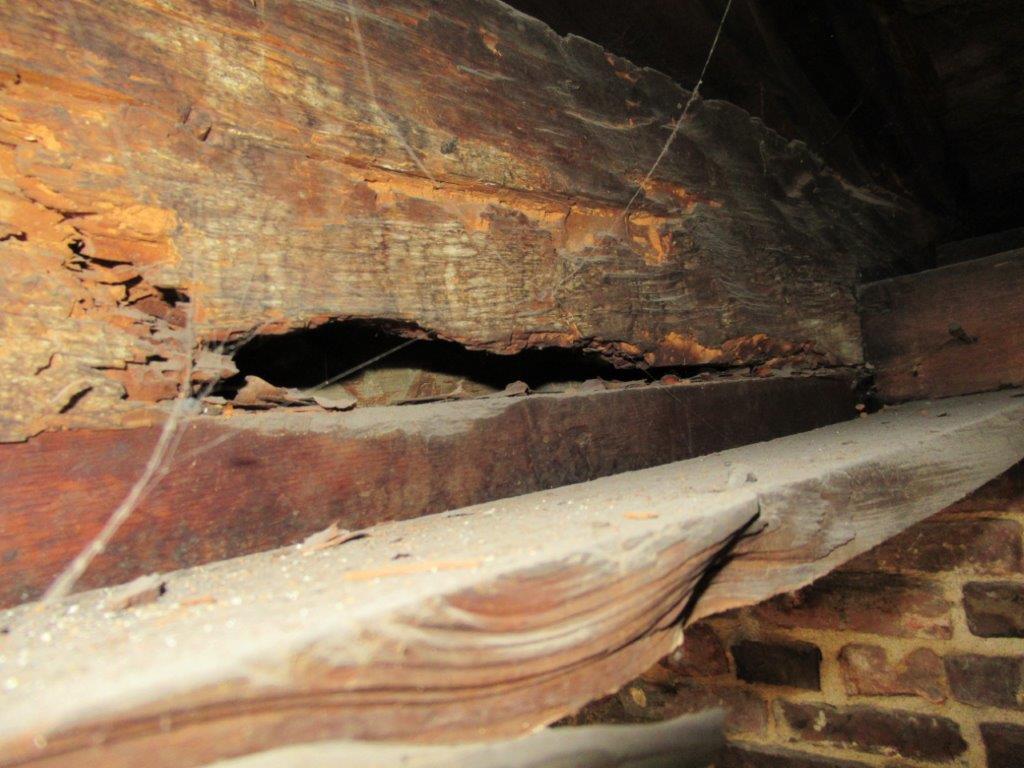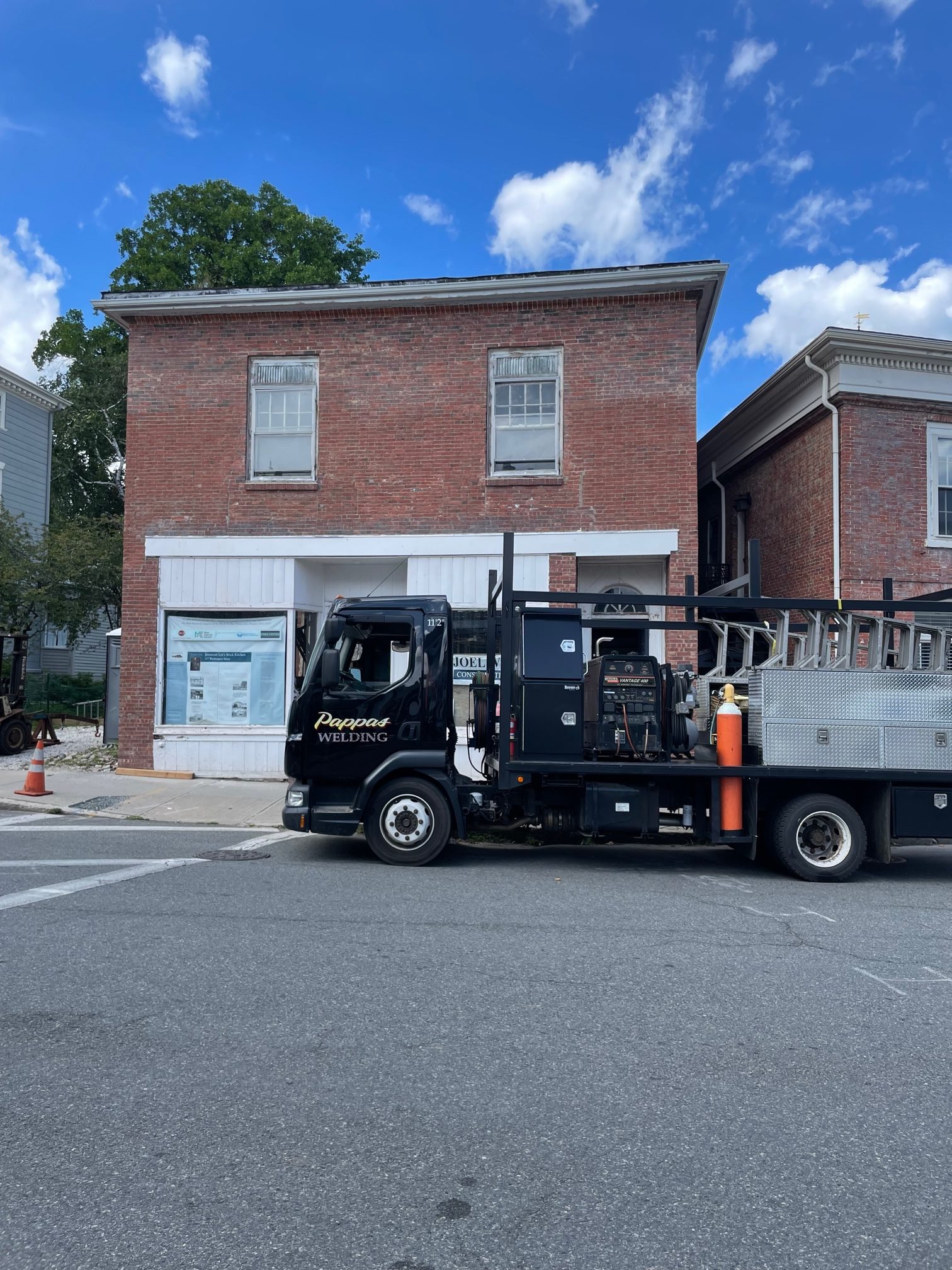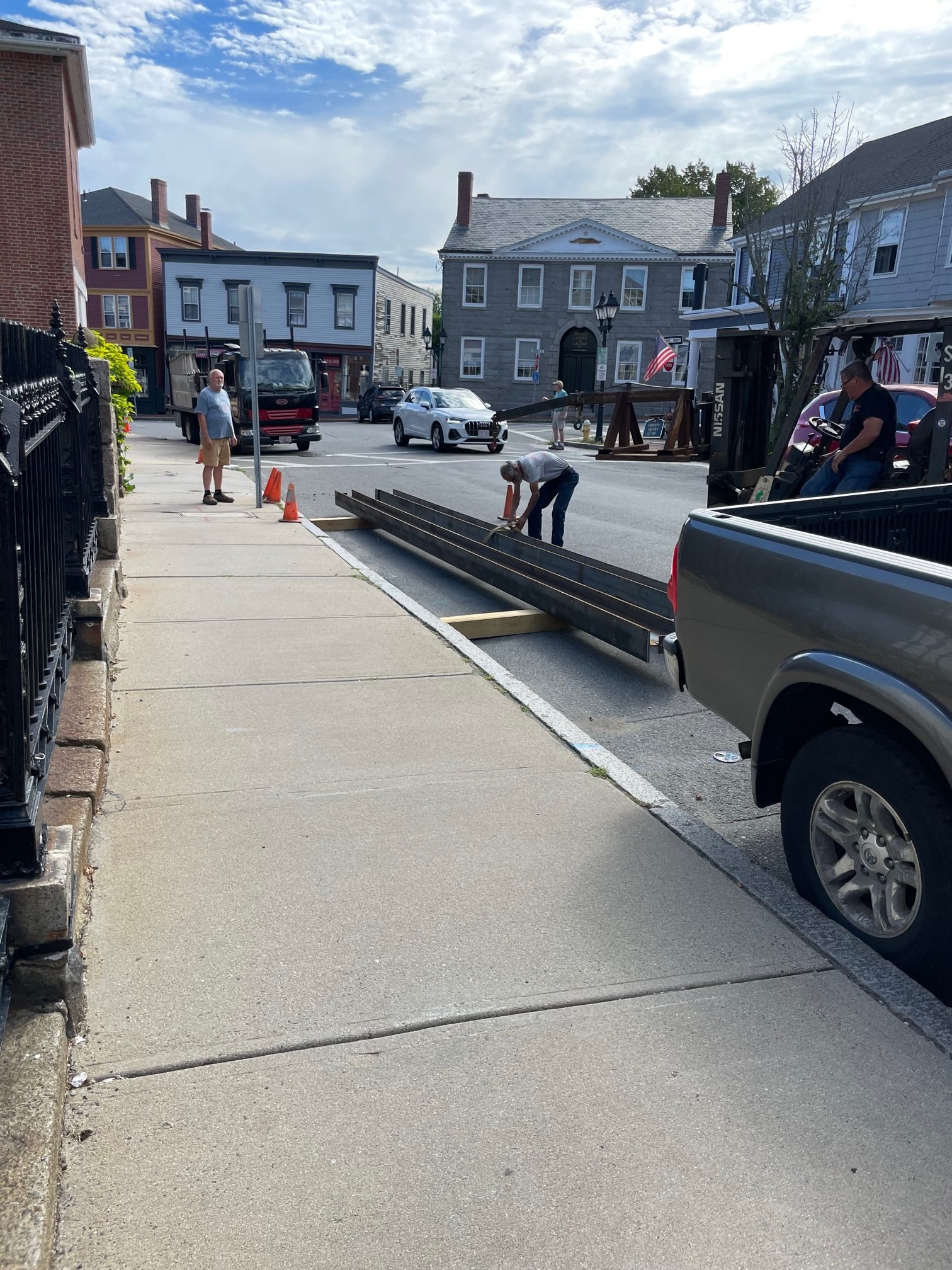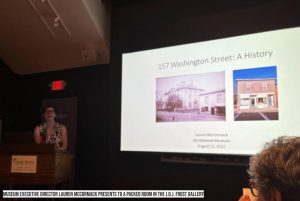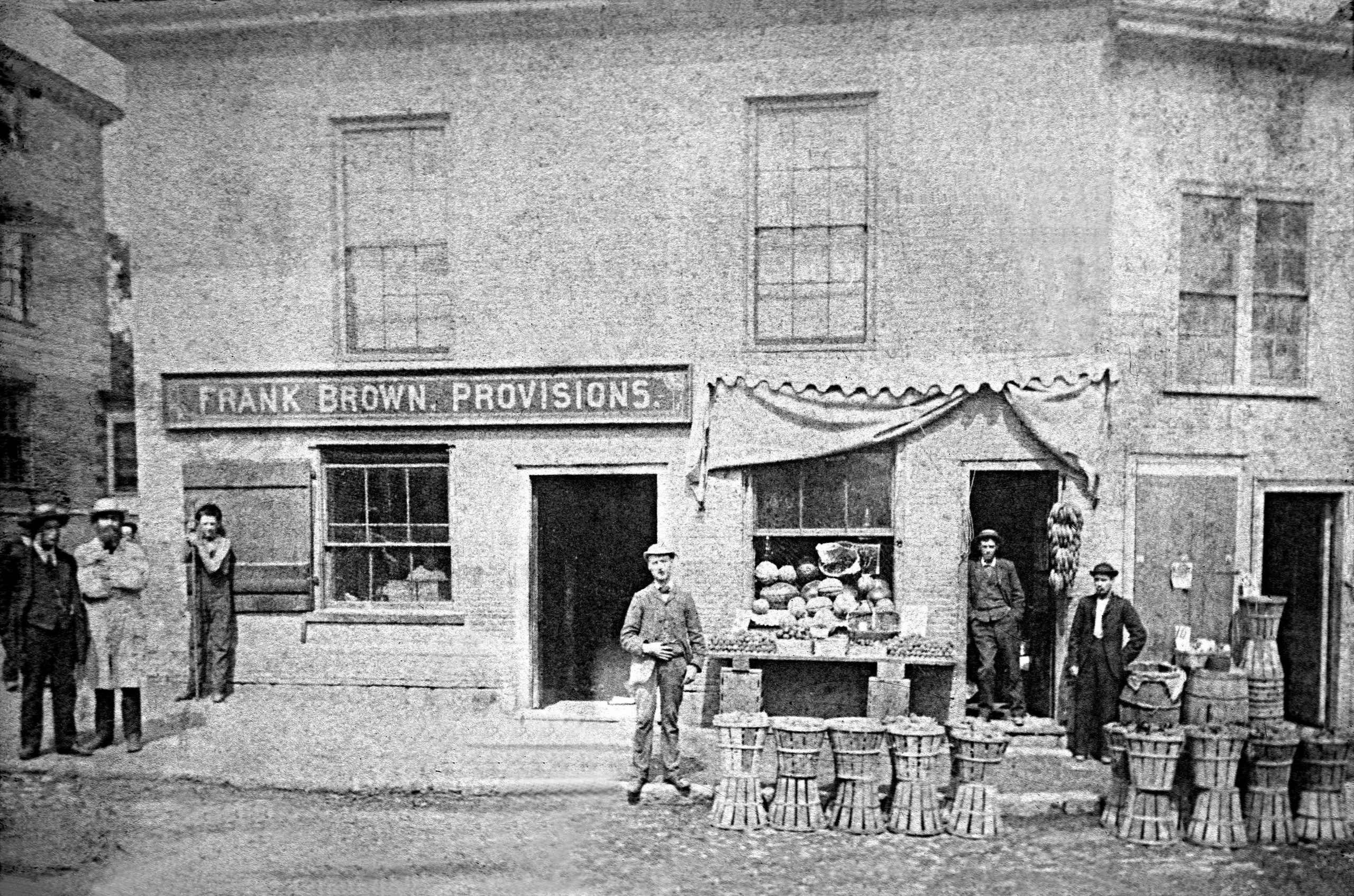
Donations in any amount are greatly appreciated. Donations of $500 and above entitle you to an engraved brick in the new main walkway to the Brick Kitchen. Those donating $2000 and above will also have their names on the permanent plaque inside the building.
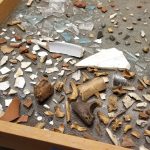

The Archaeologists are Back, May 27-June 27.
Check out the third and final season of archaeology. Stop by and see the progress, Monday-Friday, 9:30am-2:30pm, weather permitting (off June 19th).
This year's investigation is funded by a grant from the National Trust for Historic Preservation, the National Grand Bank, Barry Archung, and the Honorable Stephen M. Limon, and many other dedicated supporters.

157 Washington Street (adjacent to the Lee Mansion)
Most people look right past this unassuming building, unaware of the significant role it has played in Marblehead’s history. Prior to Lee’s purchase of the property, the house of Dr. George Jackson occupied the site. In 1766, while Jeremiah Lee began construction on his colossal mansion next door, he also began construction of this building that was designed to serve, according to contemporary deeds, as a “Brick Kitchen.” The famed diarist Ashley Bowen “parceled,” or waterproofed, the roof. Marblehead lore, dating back to the 19th century, also identifies the building as Lee’s “slave quarters,” only the third extant detached slave quarters owned by a museum in New England. Indeed, the building likely served as the hub of domestic labor (both hired and enslaved) in the Lee household. It was a site for laundry, summer cooking, and baking for the family, as well as other domestic work. After Lee’s death, Marblehead Bank eventually purchased the property. The Brick Kitchen became a West India goods store and then Frank Brown’s grocery. In the early 1900s, the second floor housed the town's original Mugford Hall and then the first exhibit of the young Marblehead Historical Society, now Marblehead Museum. In 1914, the prolific photographer, Fred Litchman purchased the building and turned it into his studio and shop. The building eventually became the beloved Litchman-Orne Print Shop.
Thanks to our generous donor, Standley Goodwin, and the help of Pat Lausier and National Grand Bank, the Museum purchased this building in April 2021.
Over the next few years, we will be studying, restoring, and interpreting the building and its history. For more information or to get involved, please email info@marbleheadmuseum.org.
OUR VISION
Study, preserve, protect, and interpret the Brick Kitchen (157 Washington Street) of the Jeremiah Lee Estate in order to share with visitors and students a glimpse into the lives and experiences of those living and working on an 18th-century Georgian estate while highlighting Marblehead’s Colonial history.
Celebrate the hard-working businesspeople, laborers, and volunteer firemen who served the Marblehead community from the headquarters of 157 Washington Street throughout the 19th and 20th centuries.
THE OPPORTUNITY
With the acquisition of Jeremiah Lee’s Brick Kitchen & Slave Quarters, the Marblehead Museum becomes one of only two New England historic house museums to own the extant detached building that housed a kitchen and slave quarters. Now Marblehead Museum has a unique opportunity to reveal an often-untold story about both its White and Black residents. In turn, we will be able to develop a more in-depth and accurate understanding of Marblehead’s role within the broader context of 18th century Massachusetts, America, and the Atlantic World.
The 2nd floor of the Brick Kitchen & Slave Quarters will store the Museum’s rich archival materials in a safe and climate-controlled environment. This space will provide staff, volunteers, and scholars with a state-of-the art home for research and exploration.
IMAGINE!
- A recreated Kitchen space that encourages visitors to immerse themselves in Marblehead’s diverse past.
- A rotating exhibit space that can be used to share stories Marblehead’s history of innovation, courage, and spirit.
- A reproduced colonial landscape between the Kitchen and Mansion, featuring the cobbled driveway and an 18th-century Kitchen Garden where school children and the visitors can discover Colonial-era foodstuffs and home remedies.
- An enhanced experience of the Lee estate that encompasses the Kitchen & Slave Quarters, Mansion, and landscape to tell the story of Marblehead’s Colonial and Revolutionary history.
- A 2nd-floor Reading Room and Archive in which visitors from all over the globe and down the street can discover new historical insights from the Museum’s collections.
By fulfilling these goals, we will elevate the status of Marblehead Museum as a heritage site of local, regional, and national importance. We will positively influence other heritage sites, which will look to us as an example of sharing a local history that is complete and truthful, contextualizing the past in order to better understand the present and plan for the future.
PROGRESS UPDATES
Early 2025
The renovation and rehabilitation project is wrapping up. The floors are going down, the walls are plastered, bathrooms are in the final stages of installation as are lights. And, in mid April, the plywood covering the façade came down exposing the new windows and woodwork, reproducing of the 1889 façade.
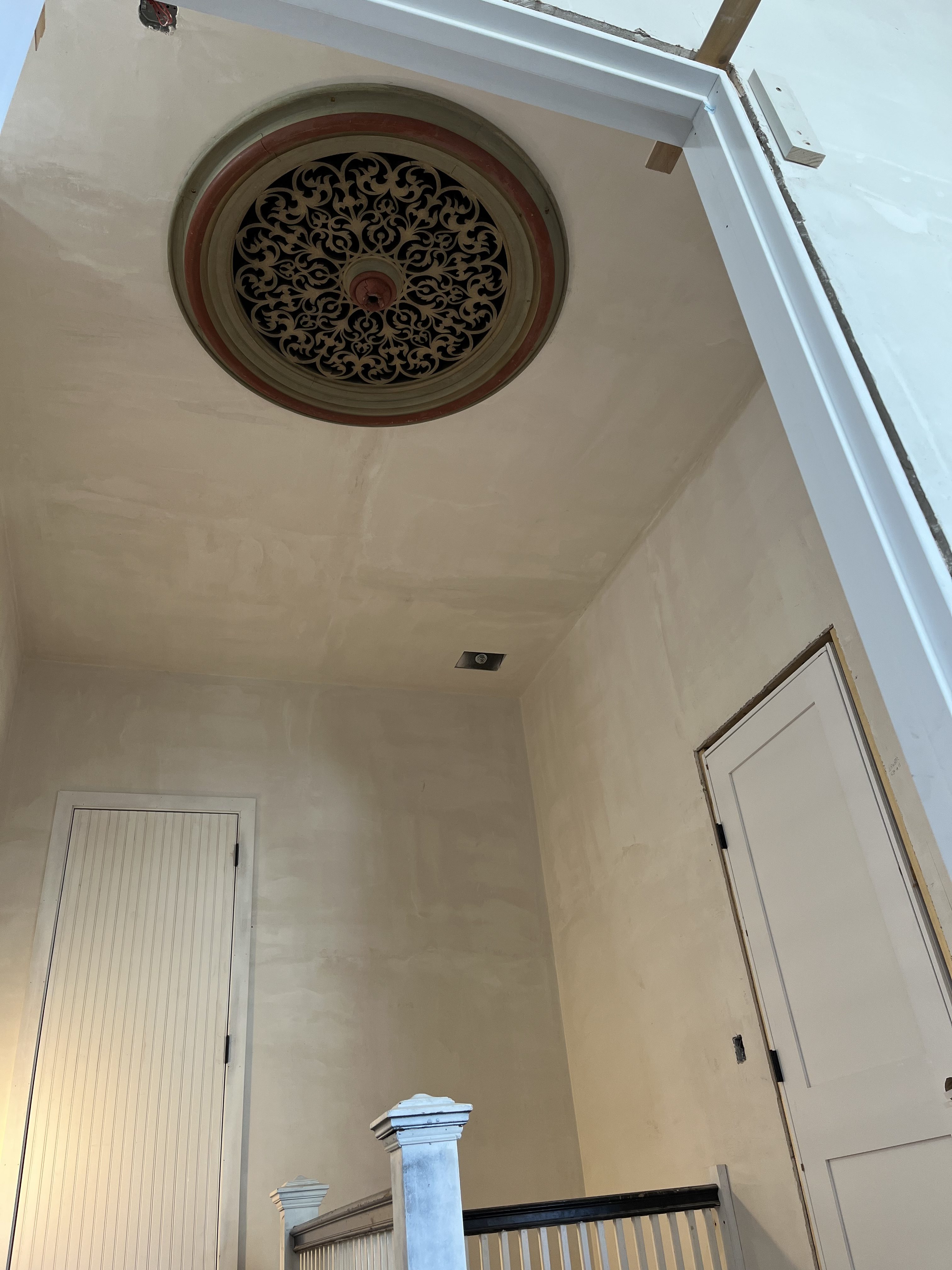
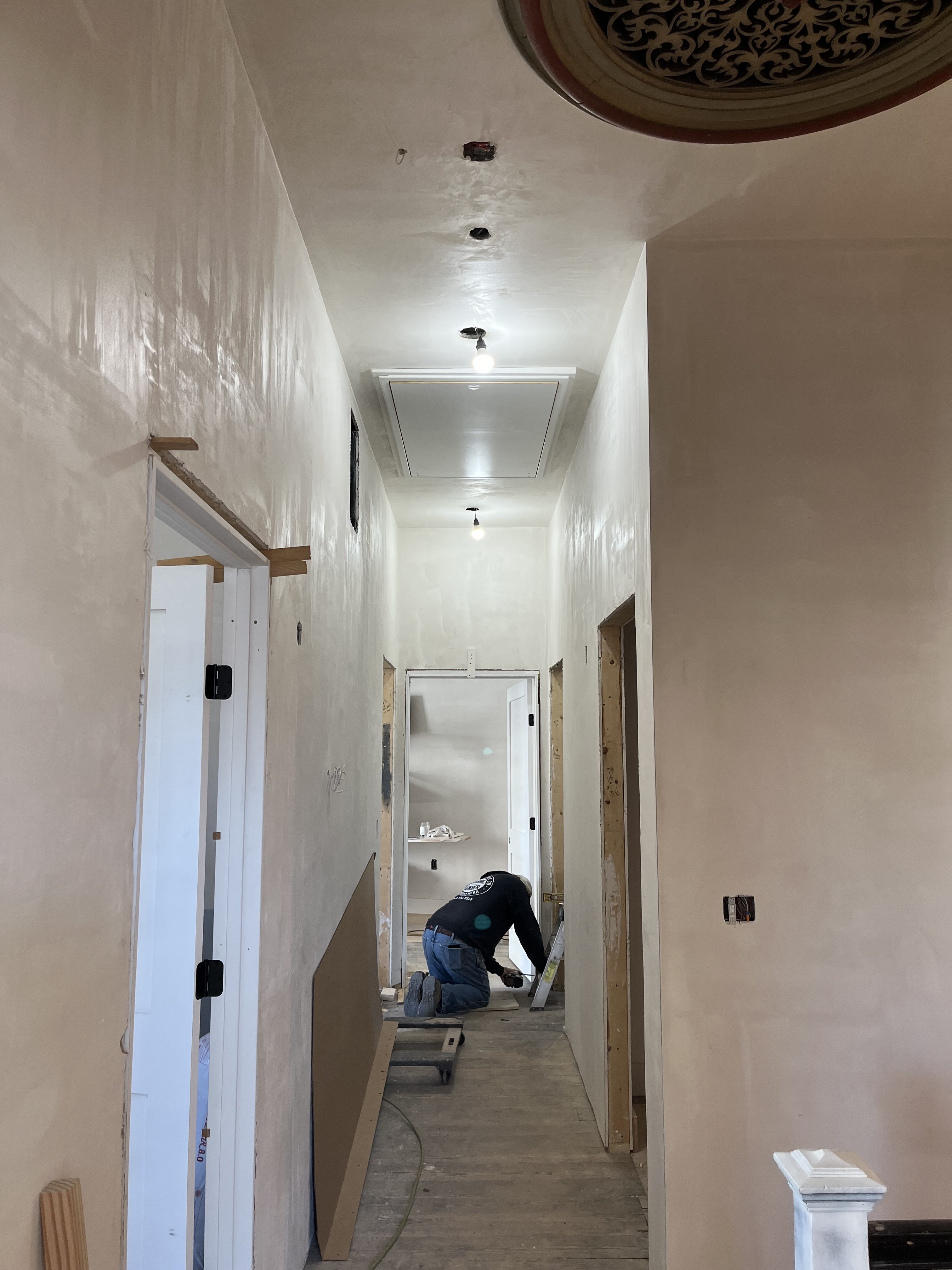
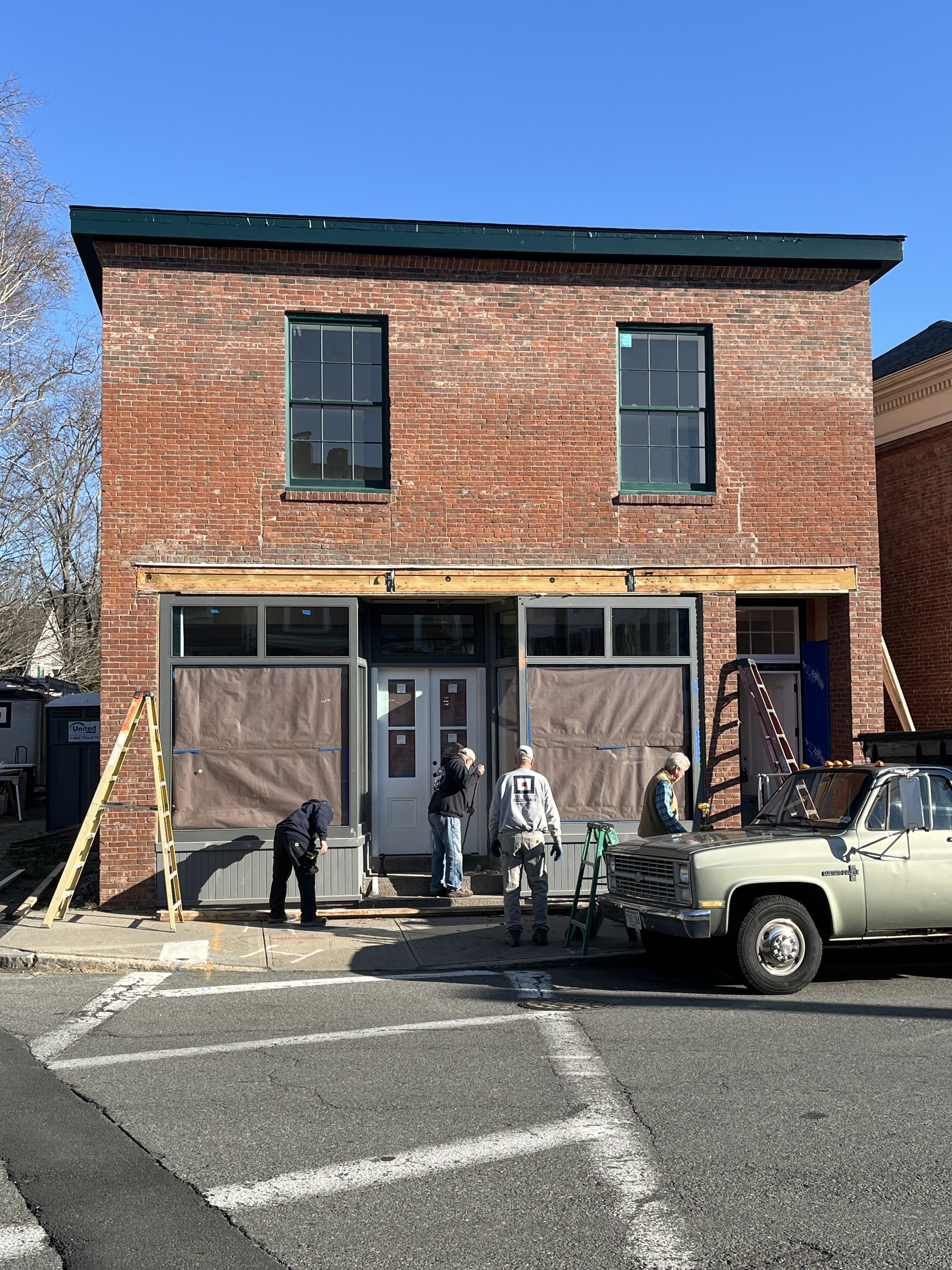
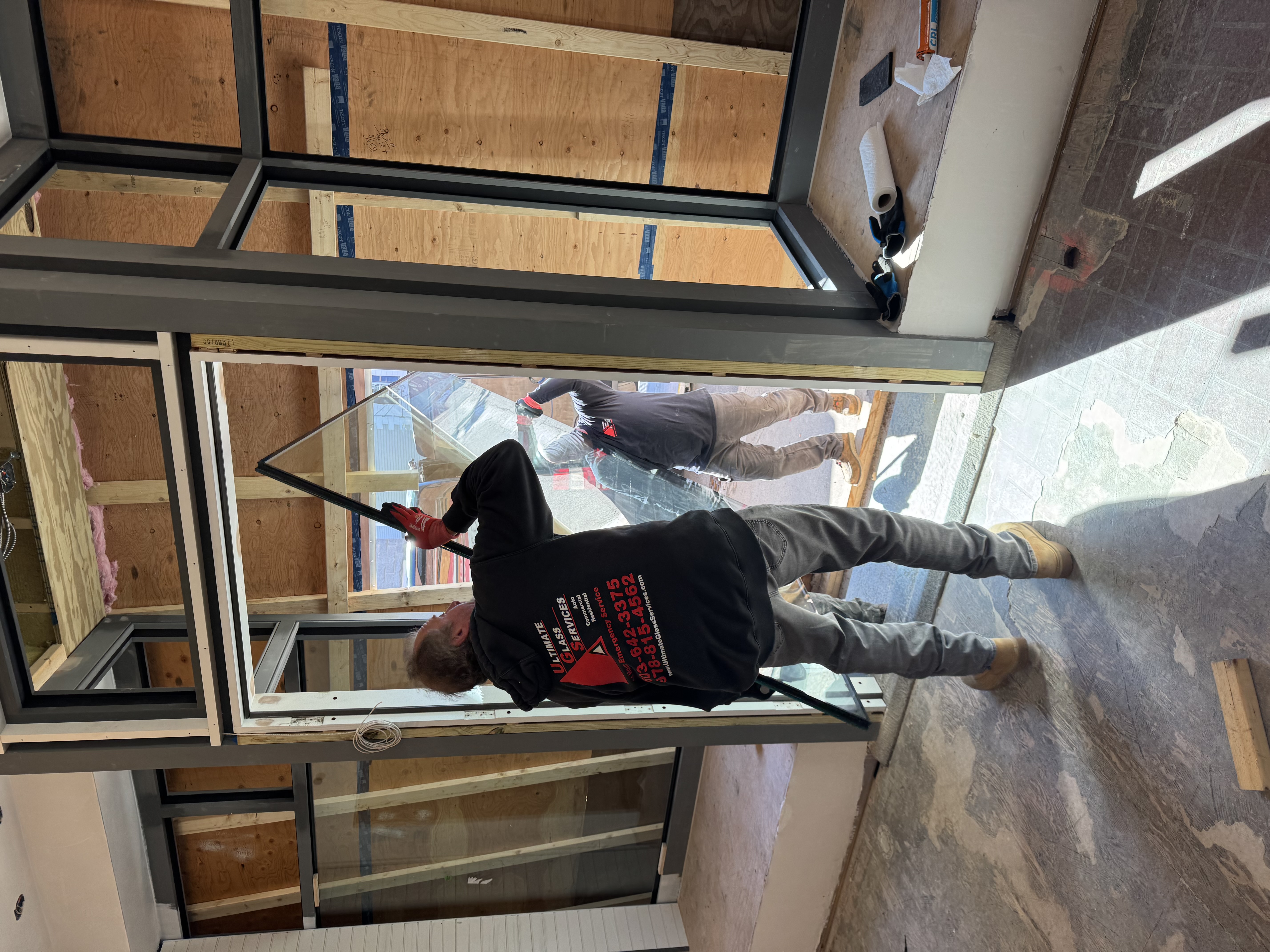
August 22, 2024
The recreated 2nd-floor windows and restored 1st-floor windows are in!

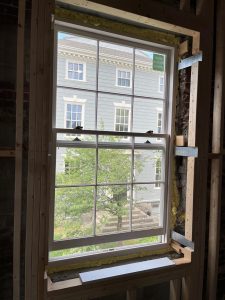

The insulation is completed! Modern spray foam is the most energy-efficient option to insulate our roof. However, when preserving an historic building, you never want to do anything that is irreversible or hides forever the original features. So, we took great care to wrap the 1768 roofing timbers before insulating so, if future generations want to reveal and study the original timbers, they can pull the wrap and insulation right off.
The rest of the building is insulated with inert fiber Rockwool to protect the historic bricks.
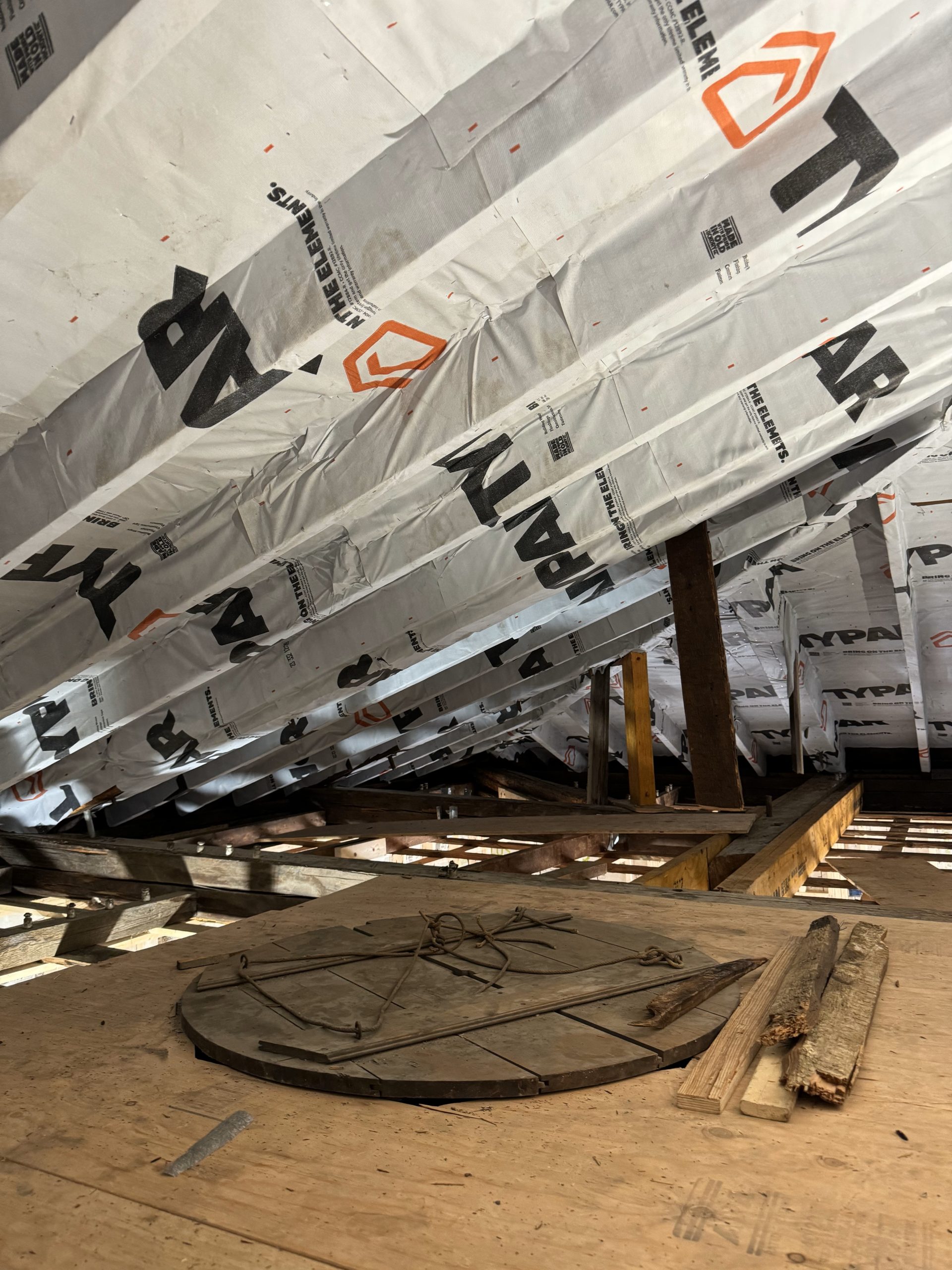
July 2024 - In order lay new electrical services and HVAC lines, we excavated a portion of the area near the side entrance to the building. First, an archaeological team investigated the area to ensure we were not disturbing any historical evidence.

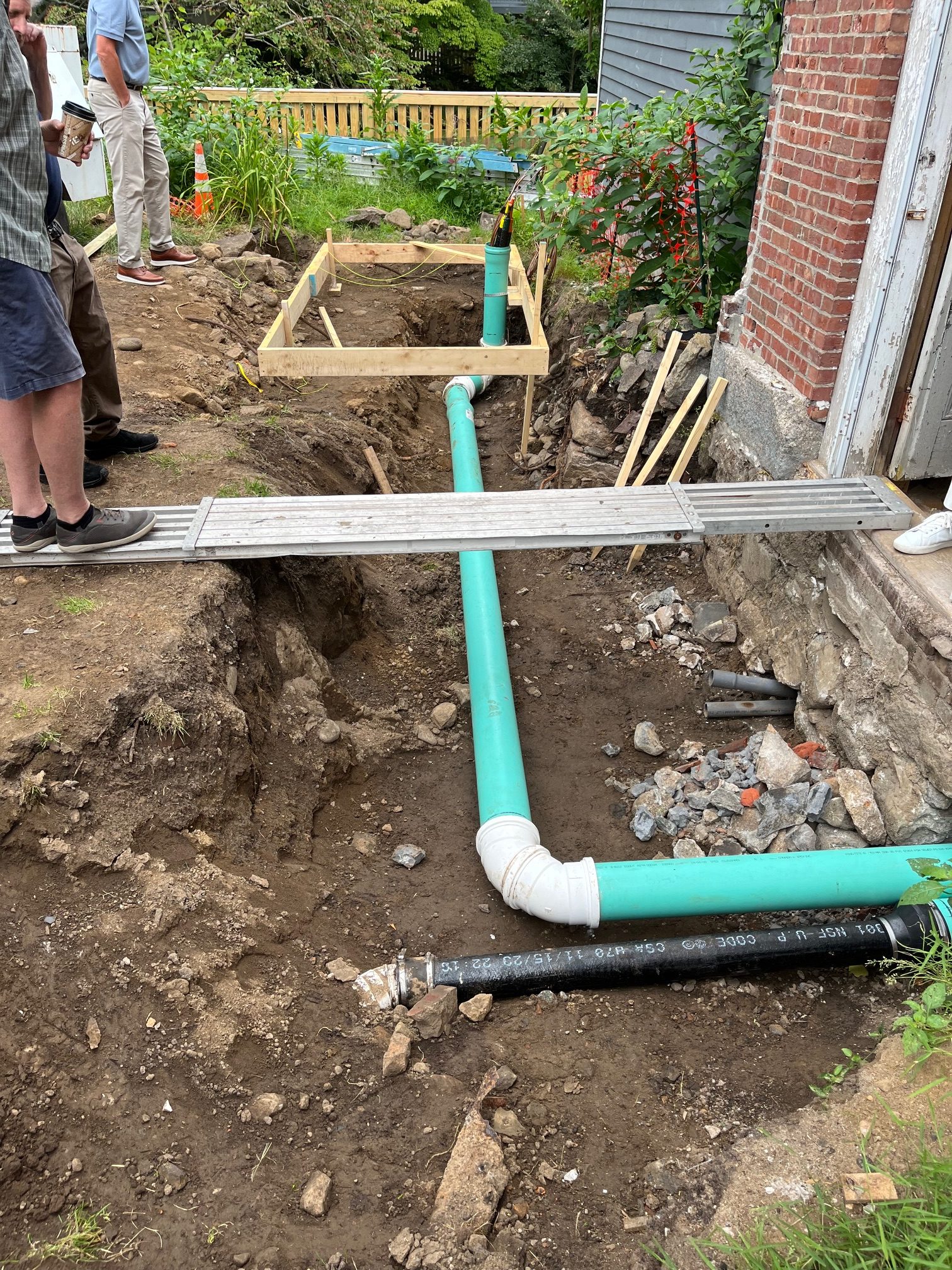
September 2023 - The first-floor windows, which were removed over the summer and sent to Window Woman for restoration, are finished! They will remain in Window Woman's shop until the General Contractor is ready to install them, likely in January 2024. Meanwhile, the reproduction second-floor windows are being produced by Green Mountain Window Company to look just as they did after the building was raised in 1888-9.
The window restoration and reproduction project is sponsored by a Massachusetts
Historic Preservation Matching Grant from the 1772 Foundation/Preservation Massachusetts and a Partnership Grant from Essex National Heritage.
Images below, L to R: two photos of the restored windows and a c. 1909 photo of what the second-floor windows looked like.
August 14, 2023 - Have you noticed some work being done on our new building at 157 Washington Street, Jeremiah Lee's Brick Kitchen & Slave Quarters? Due to severe damage to several beams in the roof, Pappas Welding is securing the building for another 250 years by adding steel beams. His work will protect the structure while allowing us to keep the original 1768 king post truss roof system in place. Thank you to Bob Pappas and the entire Pappas team!!
This work is being funded by generous donors and a grant from Mass Cultural Council's Cultural Facilities Fund in conjunction with MassDevelopment.
May-June 2023 - Archaeological Exploration with UMass Boston
It was another great dig with the faculty and students from UMass Boston's Fiske Center for Archaeological Research.
See their preliminary 2023 report HERE.
See the presentation of preliminary findings from the 2022 dig HERE.
This project has been funded in part by a grant from the Preservation Fund for Eastern Massachusetts of the National Trust Preservation Funds, as well as many generous donors.
September 2023 - Have you noticed some work being done on our new building at 157 Washington Street, Jeremiah Lee's Brick Kitchen & Slave Quarters? Historic masonry experts have been repairing the window lintels. The existing 19th-century lintel construction was insufficient to support the structure, which caused cracks and fissures above many of the windows. In addition, the masons preparing to repoint using mortar they've mixed to match the building's historic mortar.
This work is being funded by generous donors and a grant from Mass Cultural Council's Cultural Facilities Fund in conjunction with MassDevelopment.
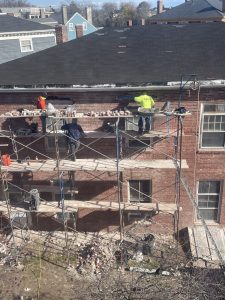
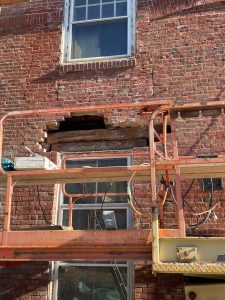
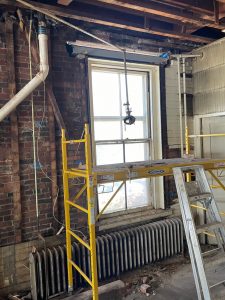
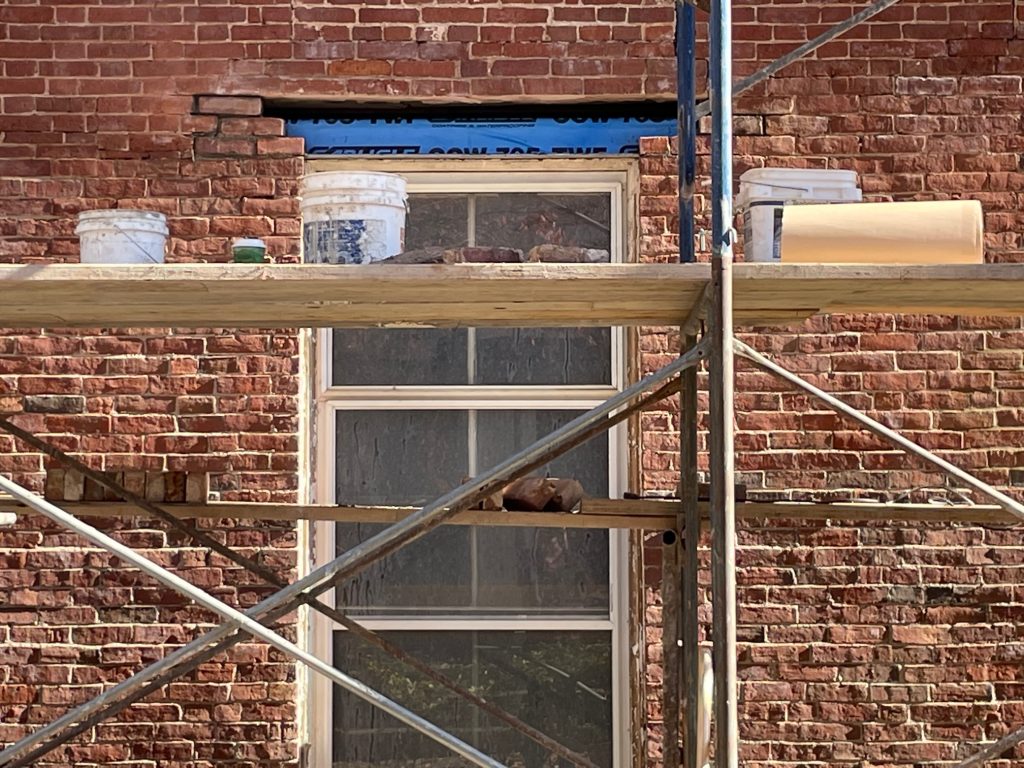
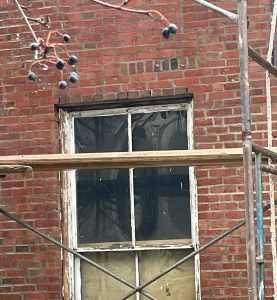
August 12, 2022 - A great article from the new Marblehead Beacon about the Brick Kitchen & Slave Quarters:
https://marbleheadbeacon.com/marblehead-museum-restore-likely-slave-quarters
August 12, 2022: Last week, architectural historian Myron O. Stachiw got to work exploring the 2nd floor of the Jeremiah Lee Brick Kitchen & Slave Quarters. Here he is drilling small holes to determine the location for larger explorations to find old window openings, beams, and more!
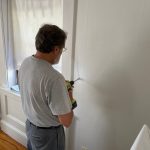

July 6, 2022: Yesterday, William Flynt visited the Lee Brick Kitchen & Slave Quarters to take samples from various beams and joists to conduct dendrochronological testing (study of tree rings). Hopefully, the core samples will help us date the various framing timbers and maybe even tell us the type of wood and where it was harvested.
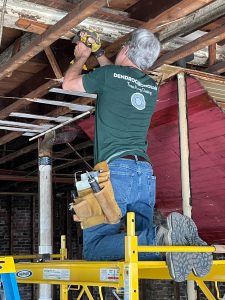
To learn more about the process, see https://www.gazettenet.com/Dispelling-myths-of-house-dates-17349762
Summer 2022 Archaeological Exploration with UMass Boston!
Check out this video from MHTV: https://vimeo.com/744572596
July 5, 2022. Hard to believe the archaeologists from Fiske Center for Archaeological Research have finished their on-site work already. Two weeks flew by! They found some great stuff, including a couple of 18th-century trash deposits, a Lee-era cobblestone path, a foundation from an earlier building, and evidence of blacksmithing work on site. All the artifacts they found will be cleaned and studied in their lab this fall and we will learn even more!
They would love to come back next year, and we would love to have them. On the very last day, they found trash pit #2, and you should have seen the animal bones, ceramic sherds, and glass that came out of the pit!! Just goes to show how much more there is to be found on our site.
Below are some short videos of some findings with the head archaeologist, Christa Beranek. They are in 4 parts on youtube, links below:
---
Winter 2021: We are thrilled to announce that this summer faculty and graduate students from the University of Massachusetts-Boston Department of Archaeology will be conducting the first ever archaeological exploration of the grounds surrounding the Lee Mansion and Brick Kitchen.
In order to better understand the Brick Kitchen, its role in Lee estate, and how enslaved people and domestic servants lived and worked in and around the building, the archaeologists will begin in June 2022 by using ground penetrating radar (GPR) to try to find pathways, foundations of out buildings, wells, cistern, privies, and identify any important sites to excavate. Next, archaeologists will dig about 20 test pits. This will help identify sites for a future, larger-scale excavation. Meanwhile, the materials found in these digs will be processed in the UMass laboratories in fall 2022. The Museum will receive final reports by the end of February 2023.
Archaeological findings will help us better understand how enslaved people and hired workers moved among the buildings, what kind of cooking took place at each site, and what other labor was accomplished (e.g., laundry) in or between the buildings. Perhaps archaeologists will discover evidence of the enslaved people’s African or West Indian heritage in discarded cultural or culinary artifacts.
This project has been funded in part by a grant from the Preservation Fund for Eastern Massachusetts of the National Trust Preservation Funds.
Check out the first blog post CLICK HERE.
PROJECT BUDGET: $19,252
We need your help! Donate to the project here with PayPal or Credit Card. (Click "archaeology" in the dropdown menu on the paypal page)
